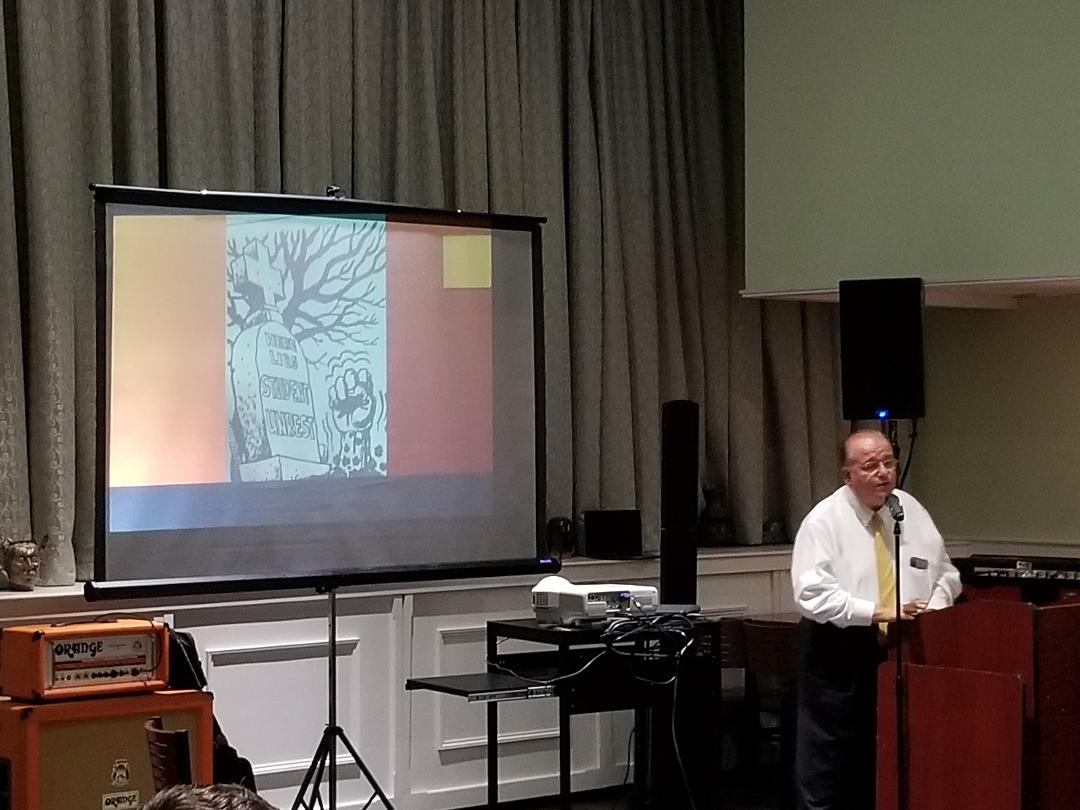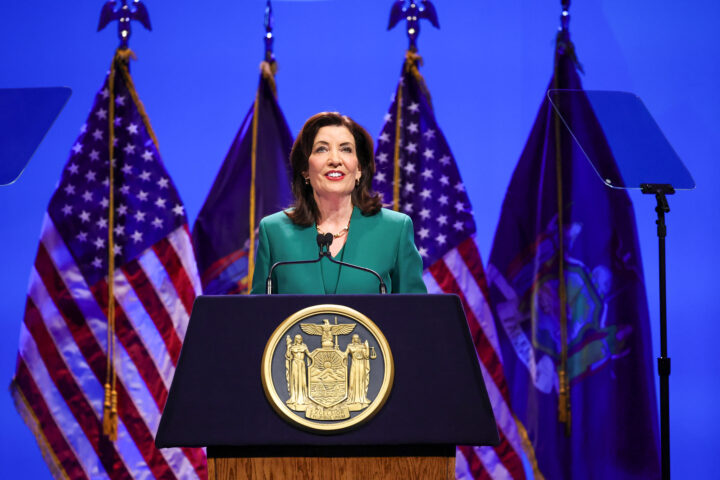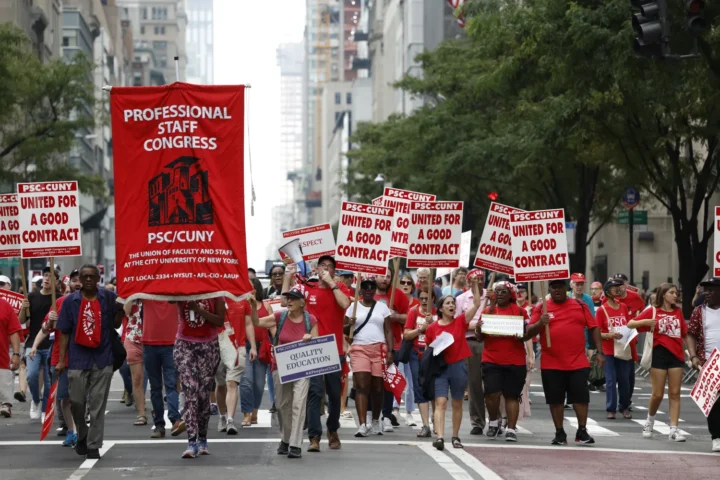With colleges back in session, many students and their families are wondering if they will get a break on rising college costs. American higher education has seen a dramatic shift in who pays for public college. America was once a society that valued college education and put its collective money where its mouth is by funding the bulk of the cost of that education.
But since the 1980s, there has been a shift in the burden of paying for public college from government to the families of those in college. The clearest evidence of that shift has been the reduction state dollars going to public colleges and the dramatic increase in tuition over the last three decades.
While state funding for the State University of New York (SUNY) has remained largely flat over the last few years, the total cost to maintain SUNY’s and the City University of New York’s existing services has increased by nearly $200 million. The state made up the difference using hikes in public college tuition. Stagnant state support plus rising tuition has had an impact: Prior to the 2008 recession, tuition covered about half of SUNY’s budget and less than 40% of CUNY’s budget. Now, tuition covers more than 60% of SUNY’s budget and 50% of CUNY’s.
These tuition increases are the result of a so-called “rational tuition” policy. New York’s law, described by proponents as “rational,” hiked public college tuition each year for five years. The only thing rational about this policy is that it guaranteed increases in the cost of attending a public college. As a result, New York families are paying more – and in some cases adding to an increasing college debt load.
Nationwide, student loan debt is currently over $1 trillion and it is estimated to be $2 trillion by 2025. At New York’s four University Centers 56% of graduates carry debt averaging over $22,000. Studies show that students burdened with student loan debt are less likely to start a business or own a home. This can create a ripple effect where current debt hamstrings future wealth growth—the effect is even greater for low-income students and students of color.
Even in the face of rising cost and debt, a college-educated workforce is in demand. According to a Georgetown University study, by 2018, nearly two-thirds of New York jobs will require a post-secondary education. Yet, 2013 Census data shows that less than half of New York adults hold an associate’s or bachelor’s degree. But with tuition increases outpacing income growth, and the state’s stagnant support for public higher education, college affordability is eroding quickly.
But, the current New York model is not the only way.
Other states are enacting another form of “rational tuition” – they are either freezing tuition rates, or cutting the cost of attending public colleges and universities. Washington state enacted a law that cuts in-state tuition and the Minnesota legislature froze tuition at two-year colleges this semester and will cut tuition rates next year. Ohio and Wisconsin also froze in-state tuition for their institutions, and Maine kept tuition flat for the fourth year in a row.
The state’s NY SUNY 2020 law hiked public college tuition, shifting costs from the state to students and their families. At the end of this coming spring semester, New York’s law will expire and the debate on what to do next is heating up. The best way for New York to define what’s “rational” is from a student’s perspective. Many students are struggling after years of tuition hikes and stagnant state support. That’s why New York must freeze tuition rates now.
Tiffany Brown is the Project Coordinator for NYPIRG at Queens College. She can be reached at tbrown[at]nypirg.org.













